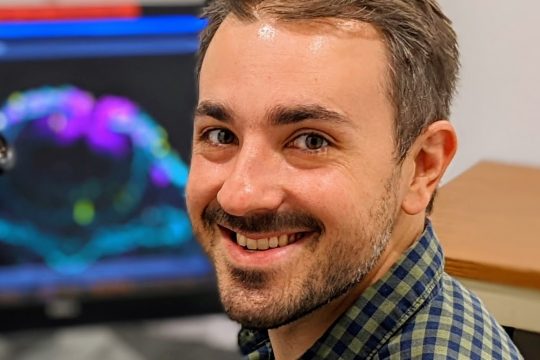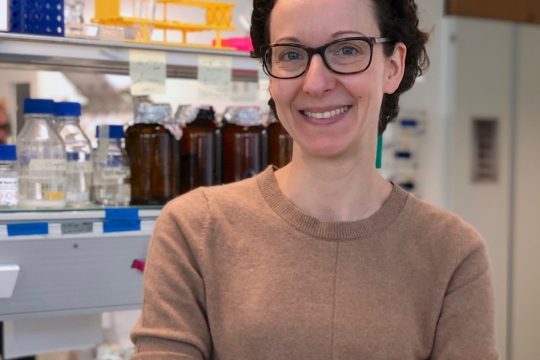Epithelial-to-mesenchymal transition (EMT) is a cellular lifestyle change that produces highly invasive cells that can migrate long distances in the body. These processes are critical for normal embryonic development but are often reactivated in disease states such as cancer...
Neural circuit mechanisms underlying the development of social behaviors Adolescence is a period of physical and psychological development during which a person develops from a child into an adult. Following the onset of puberty, increased hormonal levels stimulate the...
Single cell gene molecular profiling has demonstrated that cell classification requires more than a simple collection of markers. Current approaches do not account for the dynamic nature of cell states and inherent variation in cell types. This is especially...
The evolution of multicellularity occurred hand in hand with the diversification of cell types with disparate morphologies and functions. This segregation of function across different cell types enabled astounding animal complexity; but at the same time, extreme specializations of...
Understanding the brain using evolution, viruses, and barcode sequencing. Our research aims to understand the structure and function of the brain. To do so, we take a comparative approach and develop molecular, viral, and sequencing technologies to measure neuronal...
Redox regulation plays a central role in signal transduction processes operating in the brain. Aberrant redox signaling is a hallmark of several neurodegenerative diseases such as Alzheimer’s disease, Huntington’s disease, Parkinson’s disease, Amyotrophic Lateral Sclerosis and various Ataxias. It...
Background and Summary: Epithelial cells in a tissue live a crowded life connected to, and interacting with, other cell types, the extracellular matrix, and diverse signaling molecules. A fundamental question in biology is: how do the constituent cells of an...
Understanding how the information in the genome is utilized is one of the central questions in modern biology. It has become clear that a critical level of gene regulation occurs through the chemical modification of both the DNA itself...
The goal of my research program is to answer a fundamental biological question: how is the genome properly interpreted to coordinate the diversity of cell types observed during neuronal development? We are focused on the acquisition of specific cellular...
Animal cells secrete small vesicles (~50-250 nm diameter) that have the same topology as the cell. These vesicles, known as exosomes and microvesicles (EMVs), can be taken up by neighboring cells, completing a pathway of intercellular vesicle traffic. Our...










